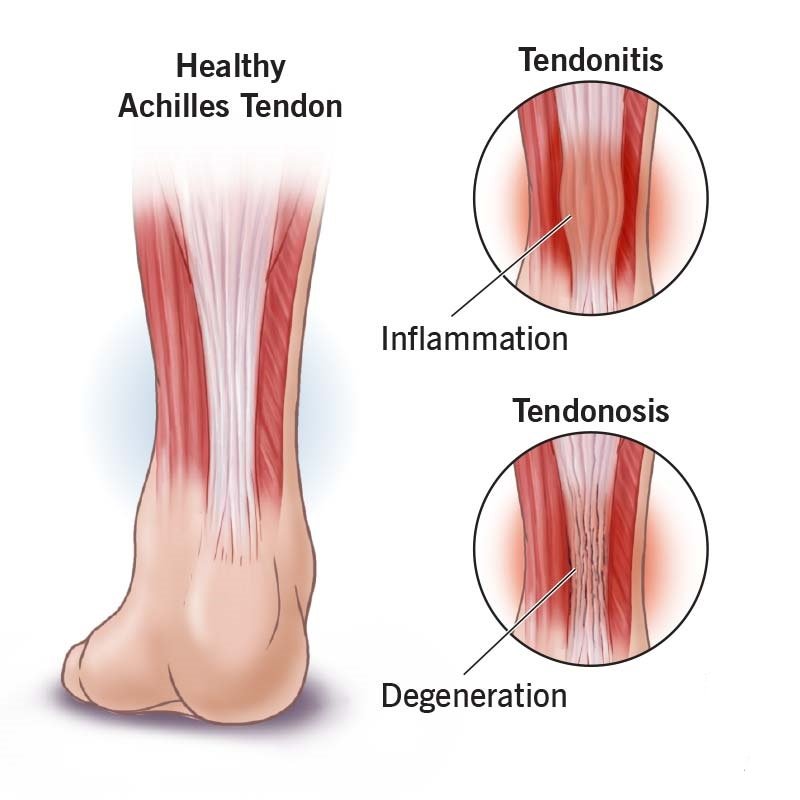Tendonitis and muscle tears are common injuries that can affect anyone, from athletes to office workers. Tendonitis involves inflammation of a tendon, typically caused by repetitive use or overuse of a particular joint or muscle. Muscle tears, on the other hand, occur when the muscle fibers are overstretched or torn due to sudden or intense movements. Both conditions can cause significant pain and hinder a person’s ability to perform daily activities.
Fortunately, advances in treatment options for tendonitis and muscle tears have improved significantly over the years. These new methods focus on non-invasive approaches, regenerative medicine, and innovative physical therapy techniques to facilitate recovery and enhance healing. In this article, we will explore the latest developments in the treatment of tendonitis and muscle tears.
Regenerative Medicine: PRP and Stem Cell Therapy
One of the most exciting advances in treating tendonitis and muscle tears is the use of regenerative medicine, including platelet-rich plasma (PRP) therapy and stem cell therapy. These treatments harness the body’s natural healing processes to promote tissue repair and reduce inflammation.
- Platelet-Rich Plasma (PRP) Therapy: PRP therapy involves extracting a small amount of the patient’s blood, which is then processed to concentrate the platelets. These platelets contain growth factors that help stimulate tissue repair. The concentrated platelets are injected into the injured area, promoting healing and reducing recovery time.
- Stem Cell Therapy: Stem cells have the potential to differentiate into various cell types, including muscle and tendon cells. By injecting stem cells directly into the injured area, the healing process can be accelerated. This therapy is particularly promising for more severe injuries or cases that have not responded well to other treatments.
Shockwave Therapy
Shockwave therapy is a non-invasive treatment option that uses high-energy sound waves to stimulate the healing process in damaged tissues. The therapy works by increasing blood flow and promoting the formation of new blood vessels in the injured area. This helps accelerate the healing process and reduce pain associated with tendonitis and muscle tears.
Shockwave therapy has been shown to be effective in treating chronic conditions that have not responded well to other treatments. It can be used for various areas of the body, including the shoulder, elbow, knee, and Achilles tendon.
Therapeutic Ultrasound
Therapeutic ultrasound uses sound waves to penetrate deep into the tissue, promoting healing and reducing inflammation. This treatment can be particularly beneficial for tendonitis and muscle tears, as it helps increase blood flow and stimulate tissue regeneration.
Ultrasound therapy is often used in conjunction with other treatments, such as physical therapy, to enhance the overall effectiveness of the rehabilitation process.
Laser Therapy
Low-level laser therapy (LLLT), also known as cold laser therapy, is another non-invasive treatment option that has gained popularity in recent years. LLLT uses low-intensity laser light to stimulate the healing process and reduce pain and inflammation in injured tissues.
Laser therapy has been found to be effective in treating a variety of conditions, including tendonitis and muscle tears. It can be used as part of a comprehensive treatment plan to accelerate recovery and improve overall function.
Advanced Physical Therapy Techniques
Physical therapy remains a cornerstone of treatment for tendonitis and muscle tears. However, recent advances in physical therapy techniques have improved outcomes for patients. These new methods include:
- Eccentric Strengthening: Eccentric exercises involve lengthening the muscle while it is under tension. This type of exercise has been shown to be particularly effective in treating tendonitis, as it helps strengthen the tendon and reduce the risk of future injury.
- Instrument-Assisted Soft Tissue Mobilization (IASTM): IASTM involves using specialized tools to break up scar tissue and adhesions in the injured area. This technique can improve the range of motion, reduce pain, and promote healing.
- Aquatic Therapy: Water-based exercises can be an excellent option for individuals recovering from tendonitis and muscle tears. The buoyancy of water reduces the stress on injured tissues, allowing for gentle and controlled movements that promote healing.
Nutritional Support
Proper nutrition plays a crucial role in the healing process of tendonitis and muscle tears. A diet rich in anti-inflammatory foods, such as fruits, vegetables, and omega-3 fatty acids, can help reduce inflammation and support tissue repair. Additionally, supplements such as collagen, vitamin C, and magnesium may aid in the recovery process.
Conclusion
Advances in the treatment of tendonitis and muscle tears have provided patients with a variety of non-invasive and effective options for recovery. Regenerative medicine, shockwave therapy, therapeutic ultrasound, laser therapy, advanced physical therapy techniques, and nutritional support are all contributing to improved outcomes for individuals suffering from these injuries. By staying informed about these new developments, patients can work with their healthcare providers to develop personalized treatment plans that promote healing and enhance overall quality of life.
For any further queries, Plz visit drsmitagulatipainrelief.com



